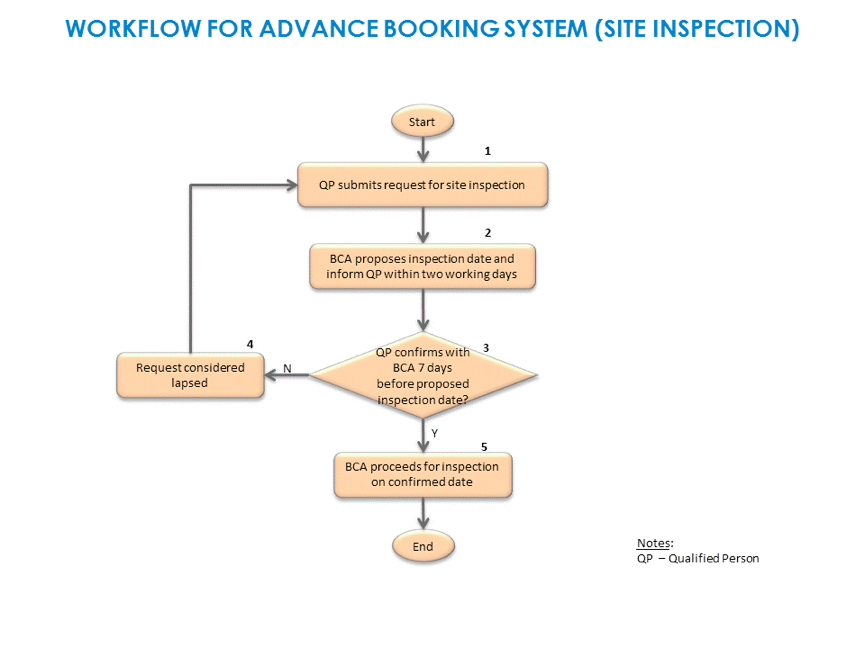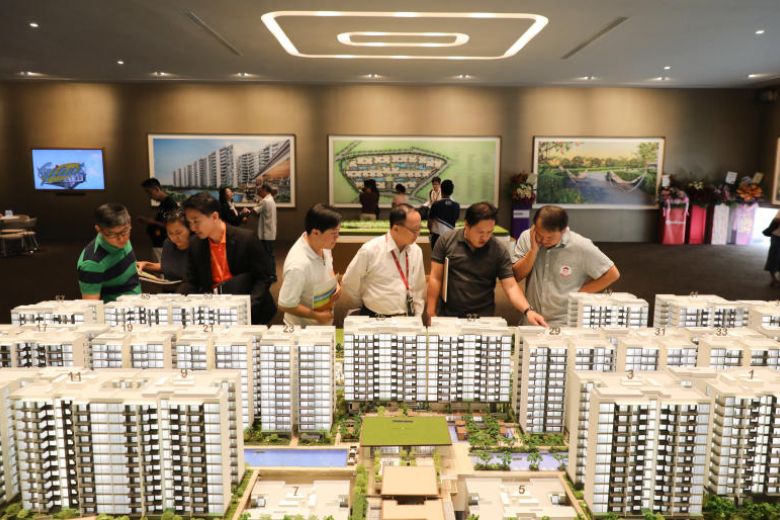What is Temporary Occupation Permit (TOP)?
This articles discuss what TOP stands for, the purpose of TOP, the difference between TOP and CSC, and the application process for TOP
You’ve probably heard real estate agents and friends talk about TOP with regards to an uncompleted property or new upcoming projects. At the time you may have wanted to ask, “What does TOP stand for?” This is a real estate term that refers to a Temporary Occupation Permit (TOP). Many people may not realize that in Singapore every building must receive government approval before it can be occupied. A Temporary Occupation Permit (TOP) is the legal document that certifies that the building is indeed occupiable.
Real estate developers apply to the Building Construction Authority (BCA) to obtain a TOP, a permit that allows new homeowners to reside in the unit on a temporary basis until it obtains the official Certificate of Statutory Completion (CSC). Since it could take a while before they get the CSC, developers would be motivated to apply for TOP so they could collect the second last progressive payment which is 25% of the purchase price from new homeowners.
In any case, you should still know the specifics of the TOP and how the process works.
Table of Contents
What Is The Purpose of Temporary Occupation Permit (TOP)?
Differences Between the TOP and CSC
What Is The Purpose of Temporary Occupation Permit (TOP)?
Being brief, it gives developers, homeowners, and tenants some flexibility when it comes to occupying the structure before it’s completely finished. To get a TOP the building must be deemed safe. Singapore’s Building and Construction Authority (BCA) has established a very detailed list of requirements that all contractors and developers must meet before they are allowed to build in Singapore. This is to ensure that every structure meets the highest standards in terms of quality and safety.
To ensure that every building meets all the requirements, the BCA has put forth a multitude of detailed regulations, along with specific processes and procedures that must be followed. Every residential, industrial, or commercial builder must adhere to these when planning and designing a project. They must follow through, implementing everything during construction. When the project is complete, the developer can apply for the CSC. Once it’s been granted, the buildings can legally be occupied.
Circumstances arise on occasion in which a section of the development is to the point where it’s ready to be occupied, but other sections are still being built. For example, the residential units in a development are pretty much finished, but the common areas and facilities are still under construction. In these cases, there is an opportunity for people to move into the units, even though the entire development isn’t quite complete. This is when the TOP comes into play.
To allow developers to legally sell completed units or buildings and to allow prospective owners to buy and quickly move in, the BCA created the TOP. Once a developer obtains a Temporary Occupation Permit (TOP) this allows new homeowners to move into the project without further delay. Developers can also begin showing completed units to potential buyers to move their unsold units.
The TOP’s Legal Superior
When discussing the TOP, we also need to talk about its legal superior, the Certificate of Statutory Completion (CSC). The two are interrelated, but the CSC is the final legal hurdle that a building must get through before it can officially be occupied. The CSC is permanent, whereas the TOP is temporary.
Differences Between the TOP and CSC
The differences between the TOP and CSC are twofold:
- Developers have an option as to whether to get a TOP, however they are legally required to eventually get the CSC.
- In order to be granted the CSC, the developer must fulfil many more requirements than would be necessary to obtain the TOP.
Click here for details on the documents required for obtaining a TOP and/or CSC.
Application Process for TOP

As mentioned earlier, it is the builder or developer’s responsibility to apply for and obtain the TOP. But you may want to know what the process involves, so here are the steps required in the process:
The application process for obtaining the TOP involves several steps, which are required:
- The builder or developer will need to coordinate with the BCA to have the buildings and premises inspected. The developer usually assigns a “qualified individual” like a professional engineer or registered architect to schedule and oversee the inspection.
- If the building passes the inspection, then the required documentation and official clearances from all necessary technical authorities must be submitted for approval. This too is the responsibility of the builder or developer.
- Once the paperwork is approved, the developer is now ready to apply to the Commissioner of Building Control for the TOP. This is a section within the BCA. Getting through the process will take approximately 4 weeks.
The application must be submitted online via the CORENET e-Submission System. For easy access click here.
Fast-Track Express TOP System
If the TOP is needed in a rush, it can be fast-tracked and approved within one business day. Of course, the building must pass the inspection and all the documentation would need to be submitted. There is a fee of S$500 that must be paid to use the Express TOP system for a minor project. For large projects, the fee to fast-track the TOP is S$1,000.
At Pinnacle Estate Agency, we strongly believe in sharing our real estate knowledge to the public. For more content like this article, check out our Singapore Property Guides.








